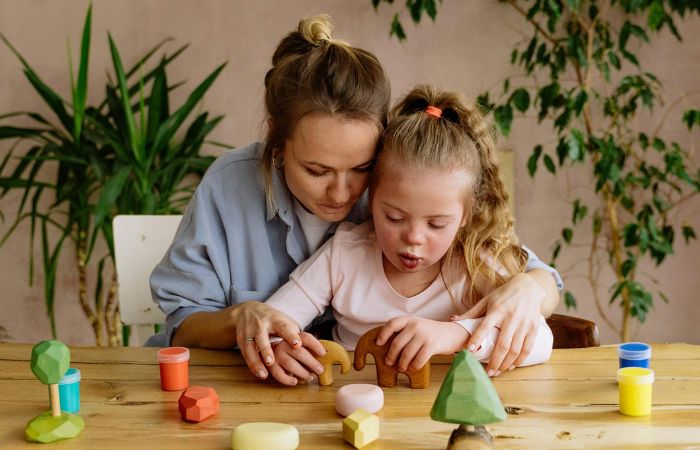Enter your email below to receive weekly updates from the Ashton College blog straight to your inbox.

Textbooks and lectures provide the foundation—teaching frameworks like theories of child development, inclusive instruction, and behaviour supports. But classrooms are living systems, and no two students are alike. Learners may respond differently depending on their developmental stage, language background, sensory needs, or even the day’s schedule.
Practicums bridge this gap between theory and reality, giving you the opportunity to adapt strategies in real time to meet diverse needs. They allow you to test what you’ve learned in a supervised, supportive environment, gaining insights that can’t be replicated in a lecture.
Key practical benefits of a practicum include:
A successful Education Assistant combines measurable technical abilities with interpersonal strengths.
Hard skills you’ll build:
Soft skills that make the difference:
Placements vary, but most practicums follow a progression:
This scaffolded approach balances meaningful responsibility with learning support — exactly the environment you need to grow.
Short answer: No. Many Education Assistant training pathways prepare people without prior classroom experience, giving them both the background knowledge and the practical placement they need to become job-ready.
That said, prior experience (volunteering, childcare, tutoring) can help you feel comfortable earlier in placement and may make the transition smoother. Practicums level the field by providing supervised, on-site experience for people entering the profession for the first time.
For those exploring this career path, specialized programs that include practicum components can offer a strong foundation to build confidence and skills before entering the workforce.
Employers prefer candidates with school experience. School districts often hire candidates who demonstrate they can work in a classroom with less initial training. Many students report finding jobs faster when they make strong professional impressions during practicum.
Use the practicum strategically. Build relationships, request references, and collect examples of your work to show employers — these actions often translate to faster hiring.
Since practicum results can differ from person to person, it’s more accurate to view them as enhancing your readiness and competitiveness in the job market rather than guaranteeing immediate employment. The overall Canadian outlook for related education roles reflects steady demand, with some regional variation (Canadian Education Counsellor and Related Occupations summary).
Graduates often find roles in:
For location-specific vacancies, expected wages, and demand, check provincial labour market portals and Job Bank profiles. For example, in British Columbia, Education Assistants are in demand with steady job prospects and competitive wages (Canadian Job Bank – Education Assistant outlook).
A practicum is where an Education Assistant’s knowledge becomes practical, meaningful action. It helps you sharpen hard skills, grow your professional instincts, and demonstrate the fit schools are looking for. Practicum experience often speeds hiring and strengthens references, however local demand and timing play big roles. See it as the most important professional-development step you can take to enter the field with confidence and competence.
The information contained in this post is considered true and accurate as of the publication date. However, the accuracy of this information may be impacted by changes in circumstances that occur after the time of publication. Ashton College assumes no liability for any error or omissions in the information contained in this post or any other post in our blog.